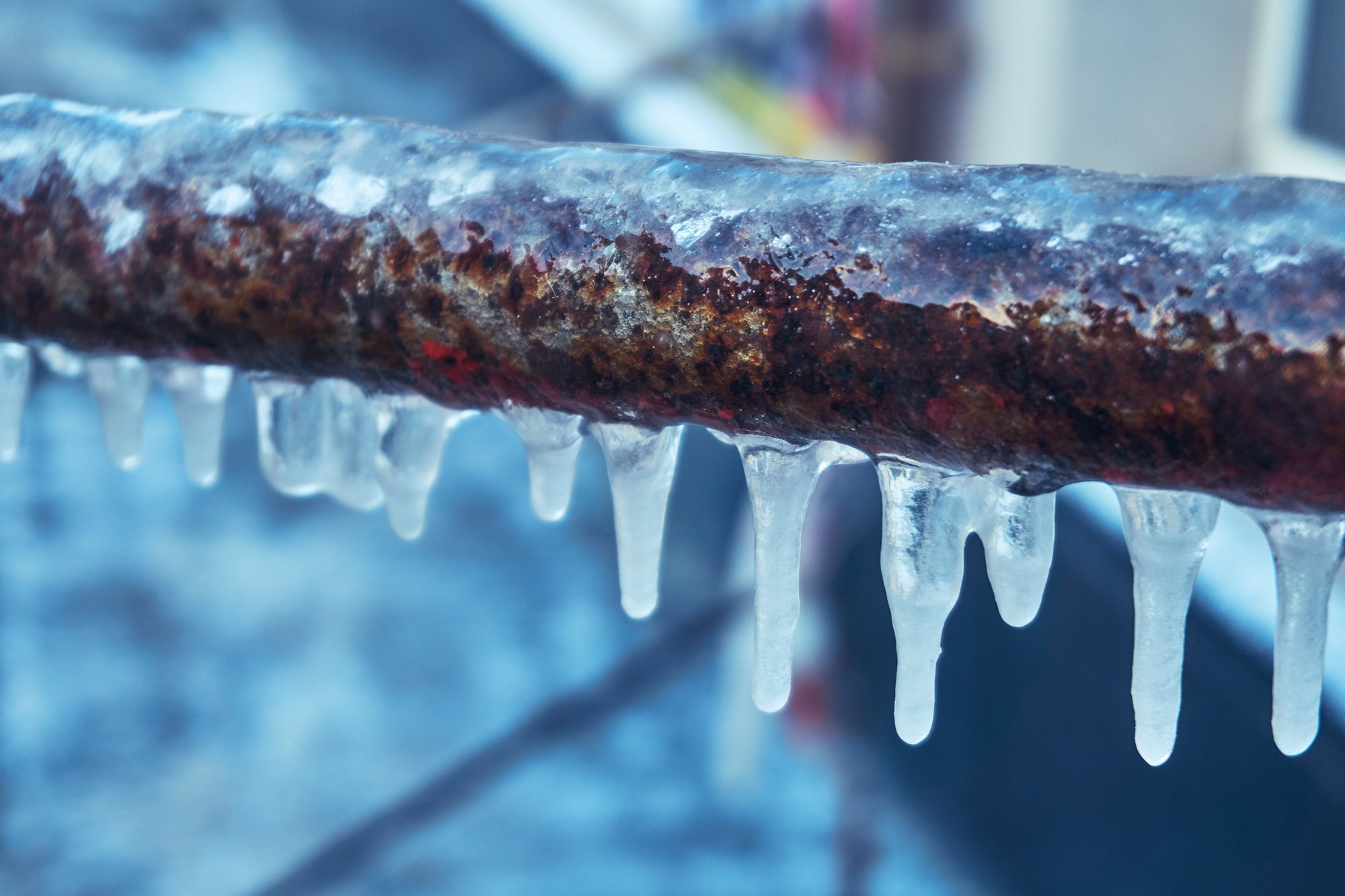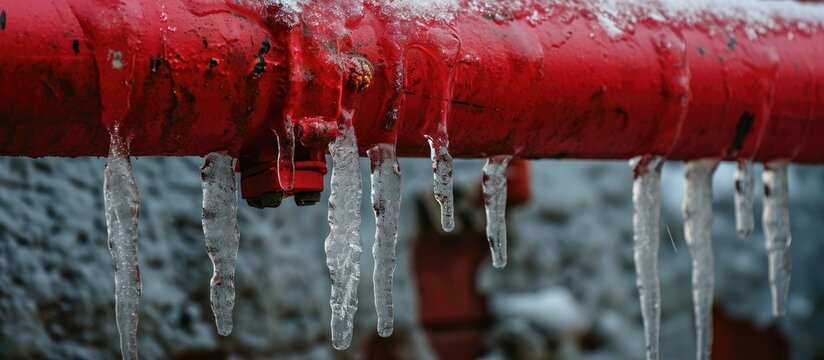How to Defend Your Pipes from Cold Weather: Professional Guidance
How to Defend Your Pipes from Cold Weather: Professional Guidance
Blog Article
Have you been trying to locate information around How To Avoid Freezing Pipes?

Winter can ruin your pipes, particularly by freezing pipes. Right here's just how to stop it from happening and what to do if it does.
Introduction
As temperature levels drop, the danger of frozen pipelines boosts, possibly bring about pricey fixings and water damages. Understanding how to prevent icy pipes is important for house owners in chilly climates.
Comprehending Frozen Pipelines
What creates pipes to freeze?
Pipelines freeze when exposed to temperatures below 32 ° F (0 ° C) for extended durations. As water inside the pipelines freezes, it increases, taxing the pipeline walls and possibly causing them to burst.
Risks and damages
Icy pipelines can bring about water supply disruptions, home damage, and costly repair work. Ruptured pipelines can flood homes and cause considerable architectural damage.
Indications of Frozen Piping
Identifying icy pipes early can avoid them from rupturing.
Just how to determine icy pipes
Try to find reduced water flow from taps, unusual odors or noises from pipelines, and noticeable frost on subjected pipes.
Avoidance Tips
Protecting prone pipelines
Wrap pipes in insulation sleeves or use warmth tape to protect them from freezing temperatures. Concentrate on pipelines in unheated or outside locations of the home.
Heating techniques
Keep indoor areas effectively heated up, especially locations with plumbing. Open up cupboard doors to permit cozy air to circulate around pipelines under sinks.
Securing Exterior Plumbing
Yard hose pipes and outside faucets
Detach and drain yard hose pipes prior to wintertime. Mount frost-proof faucets or cover exterior taps with shielded caps.
What to Do If Your Pipes Freeze
Immediate activities to take
If you presume icy pipes, keep faucets open up to alleviate pressure as the ice melts. Use a hairdryer or towels soaked in warm water to thaw pipelines gradually.
Long-Term Solutions
Architectural changes
Consider rerouting pipelines far from outside walls or unheated areas. Include additional insulation to attics, basements, and crawl spaces.
Updating insulation
Purchase top notch insulation for pipes, attic rooms, and wall surfaces. Correct insulation aids keep regular temperature levels and minimizes the danger of frozen pipes.
Conclusion
Protecting against frozen pipelines requires aggressive measures and quick feedbacks. By understanding the causes, indicators, and safety nets, property owners can secure their pipes throughout winter.
5 Ways to Prevent Frozen Pipes
Drain Outdoor Faucets and Disconnect Hoses
First, close the shut-off valve that controls the flow of water in the pipe to your outdoor faucet. Then, head outside to disconnect and drain your hose and open the outdoor faucet to allow the water to completely drain out of the line. Turn off the faucet when done. Finally, head back to the shut-off valve and drain the remaining water inside the pipe into a bucket or container. Additionally, if you have a home irrigation system, you should consider hiring an expert to clear the system of water each year.
Insulate Pipes
One of the best and most cost-effective methods for preventing frozen water pipes is to wrap your pipes with insulation. This is especially important for areas in your home that aren’t exposed to heat, such as an attic. We suggest using foam sleeves, which can typically be found at your local hardware store.
Keep Heat Running at 65
Your pipes are located inside your walls, and the temperature there is much colder than the rest of the house. To prevent your pipes from freezing, The Insurance Information Institute suggests that you keep your home heated to at least 65 degrees, even when traveling. You may want to invest in smart devices that can keep an eye on the temperature in your home while you’re away.
Leave Water Dripping
Moving water — even a small trickle — can prevent ice from forming inside your pipes. When freezing temps are imminent, start a drip of water from all faucets that serve exposed pipes. Leaving a few faucets running will also help relieve pressure inside the pipes and help prevent a rupture if the water inside freezes.
Open Cupboard Doors
Warm your kitchen and bathroom pipes by opening cupboards and vanities. You should also leave your interior doors ajar to help warm air circulate evenly throughout your home.

As a serious person who reads on How to prepare your home plumbing for winter weather, I thought sharing that excerpt was necessary. Enjoyed reading our posting? Please share it. Let others discover it. Thank you for going through it.
Call Us Now Report this page